A car with a dead battery is a car that won’t run. Cars need a surge of energy to start and a steady electrical flow to power components.
Nearly everyone with an older car has dealt with a dead battery, but even new cars can run out of juice.
- You may have left the dome light on
- You may have a faulty alternator that fails to recharge the battery
- The battery may be old and unable to hold a charge
Regardless of the reason, knowing how to jump-start a car battery is an essential skill for drivers, like changing a tire. The only thing easier is to call AAA and wait an hour or so for the truck to arrive.
Jump-Starting Your Car Battery
1. Always keep jumper cables handy (& pray for help)
A Boy Scout is always prepared; you should be, too. No one expects a car battery to die — it just happens, often without warning and usually on the hottest or coldest day of the year.
Keep a set of jumper cables in your car at all times. A good Samaritan or a family member nearby might offer to help (and spare you the one-hour wait).
2. Place both vehicles in park & turn them off
- You’ll need a donor vehicle with a charged battery to jump-start your dead vehicle.
- The donor vehicle must be compatible with yours, i.e., operating on a 12-volt system.
- Park the donor vehicle close to the dead vehicle, ensuring that the batteries are within reach of cables but that the vehicles don’t touch.
- Turn both vehicles off.
- Pop the hoods open to access the 12-volt battery.
3. Locate the 12-volt battery
- Today’s alternative fuel and hybrid vehicles have multiple batteries, and the ignition battery can be hard to find.
- Most cars have a 12V battery under the hood or a post that you can use instead.
- If you don’t see a battery under the hood, look for a box labeled +12V and check inside for a post (usually under a red cover).
- Some vehicles may store their 12-volt battery in the back where the spare tile is stashed.
4. Attach the positive (red) clamps
- Jump-starting a car is dangerous if you mix up the cable connections.
- Positive terminals usually have a red cover or are marked with a “+” sign, while negative terminals are marked with a “-” sign.
- Connect one of the positive clamps to the dead battery first, then connect the other positive clamp to the donor battery’s positive terminal.
5. Attach the negative (black) clamps
- Negative clamps aren’t as straightforward as the positive clamps.
- Connect one end of the black cable to the working battery, but don’t connect the black cable to the dead battery.
- Instead, ground it by clamping it onto an unpainted metallic part of the engine, frame, or chassis.
6. Start the donor vehicle
- Start the donor vehicle.
- Wait a couple of minutes before revving the engine. Give the recipient battery time to charge with enough juice to start the car’s alternator.
7. Attempt to start the dead vehicle
- After a couple of minutes, try starting the dead vehicle’s engine.
- If it doesn’t start, wait a few more minutes and try again.
8. Disconnect jumper cables in reverse order
- Once your dead car starts, let it run for at least thirty seconds before disconnecting cables.
- In reverse order, remove the black clamp from the frame/ground on the dead car (this is important).
- Remove the black clamp from the donor vehicle’s battery.
- Remove the red clamp from the donor battery and your once-dead car.
9. Take a drive (& get a new battery)
- Drive around for at least thirty minutes to give your alternator time to recharge your car’s battery.
- If you have an old vehicle or an old, worn-out battery, consider replacing the battery with a new one soon.
10. Buy yourself an ice cream
Congratulations! You just avoided towing fees and hours of waiting for assistance. Treat yourself as a reward.
FAQs: Jump-Starting a Battery
Q: Can I jump-start my car with a hybrid or electric vehicle?
Yes, but check your car’s manual for specific instructions and safety precautions.
Q: What happens if I mix up the positive and negative clamps when jump-starting a battery?
Misconnecting the cables can damage both vehicles’ electrical systems. When connecting jumper cables, it’s critical to follow the correct order and polarity.
Q: How long should I drive around after jump-starting my car?
We recommended driving for at least thirty minutes to allow the alternator enough time to recharge the battery fully.
Q: Is it possible to start a dead car battery without a jump?
Yes, but it involves pushing or rolling the vehicle and engaging the clutch. This method may not work for all vehicles and can be dangerous. If jumper cables are available, it’s best to use them.
Q: Can I jump-start a completely dead battery?
Yes, as long as the battery itself isn’t damaged or leaking. If you’re unsure about the condition of your battery, consult a professional before attempting to jump-start it.
Q: How can I tell if my car battery is failing?
Signs of a failing battery include a slow engine crank when starting, dimming headlights, corrosion on battery terminals, and an illuminated battery warning light on your dashboard. If you encounter these symptoms, have your battery tested or replaced.
Q: Can temperature affect my car battery’s performance?
Yes, extreme temperatures can significantly impact battery performance. Cold weather can reduce a battery’s ability to provide adequate power, while excessive heat can accelerate battery wear and tear. We advise checking your battery’s condition before seasonal changes.
Q: How often should I have my car battery tested?
We recommend testing your car battery at least once a year, especially if it’s older than three years. Regular testing can anticipate potential issues and ensure your battery remains in good working condition.
Q: What should I do if my car battery won’t hold a charge even after jump-starting?
If your battery doesn’t hold a charge, it may be damaged or too old. Have it inspected by a professional mechanic to determine if it needs replacing or has underlying issues with the alternator or electrical system.
Q: Is it safe to jump-start a car without any experience?
Maybe. Follow the above instructions carefully to avoid injury or damage. If unsure, ask someone with experience to assist or consult a professional.

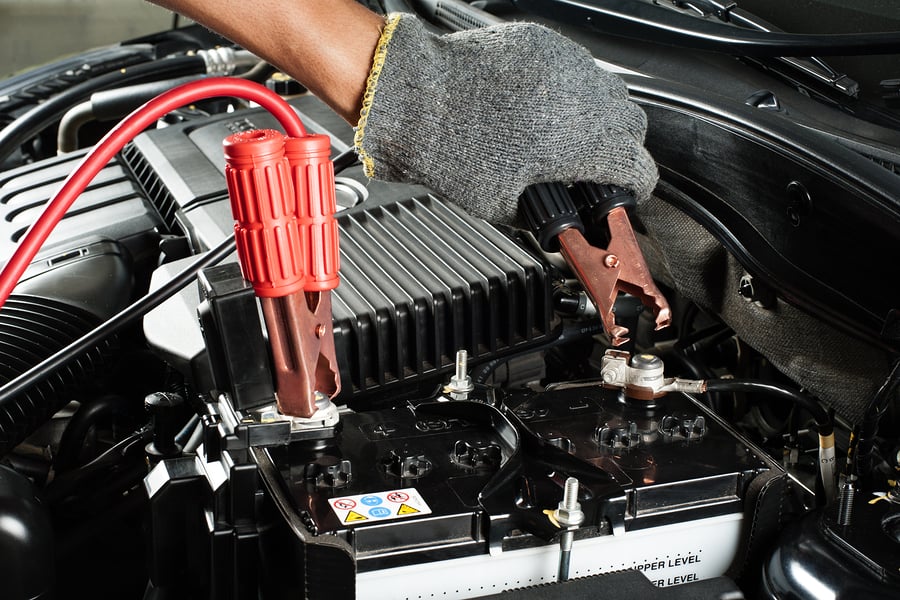
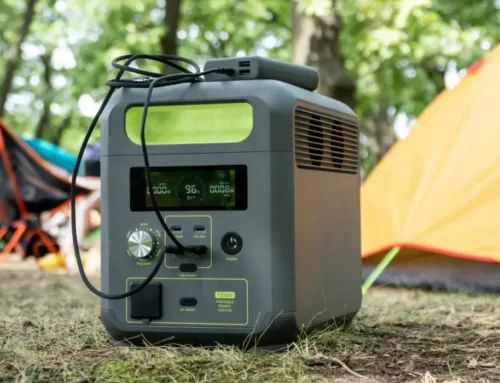
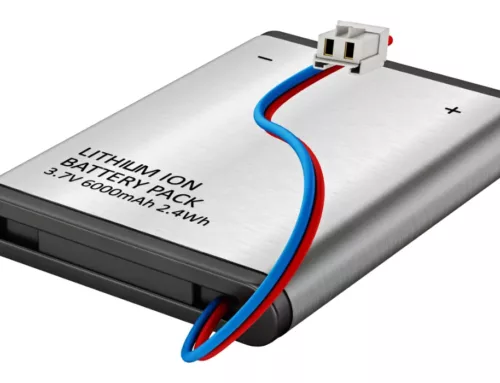
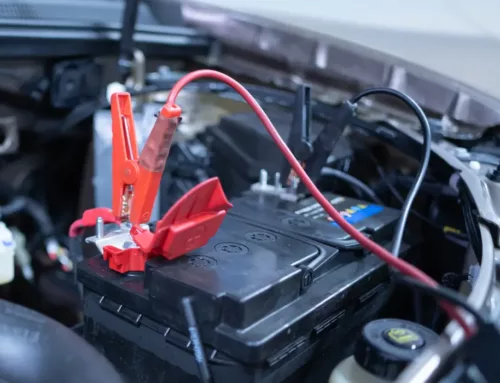
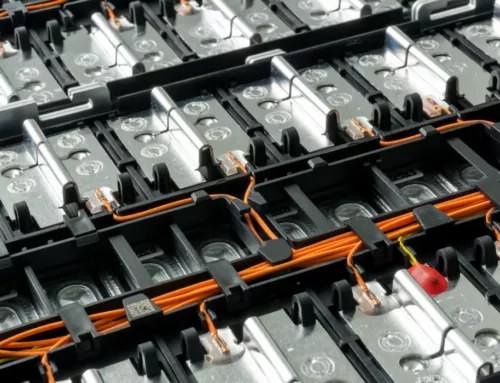
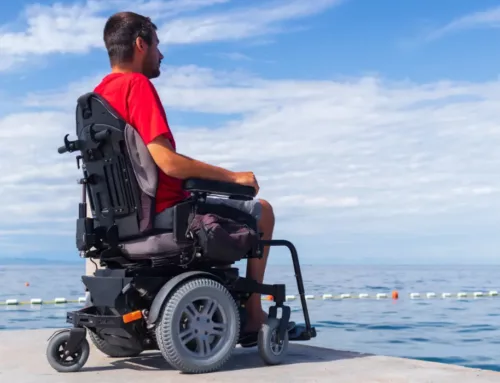
I’ve applied your method. It’s working properly. Thanks for your instruction.